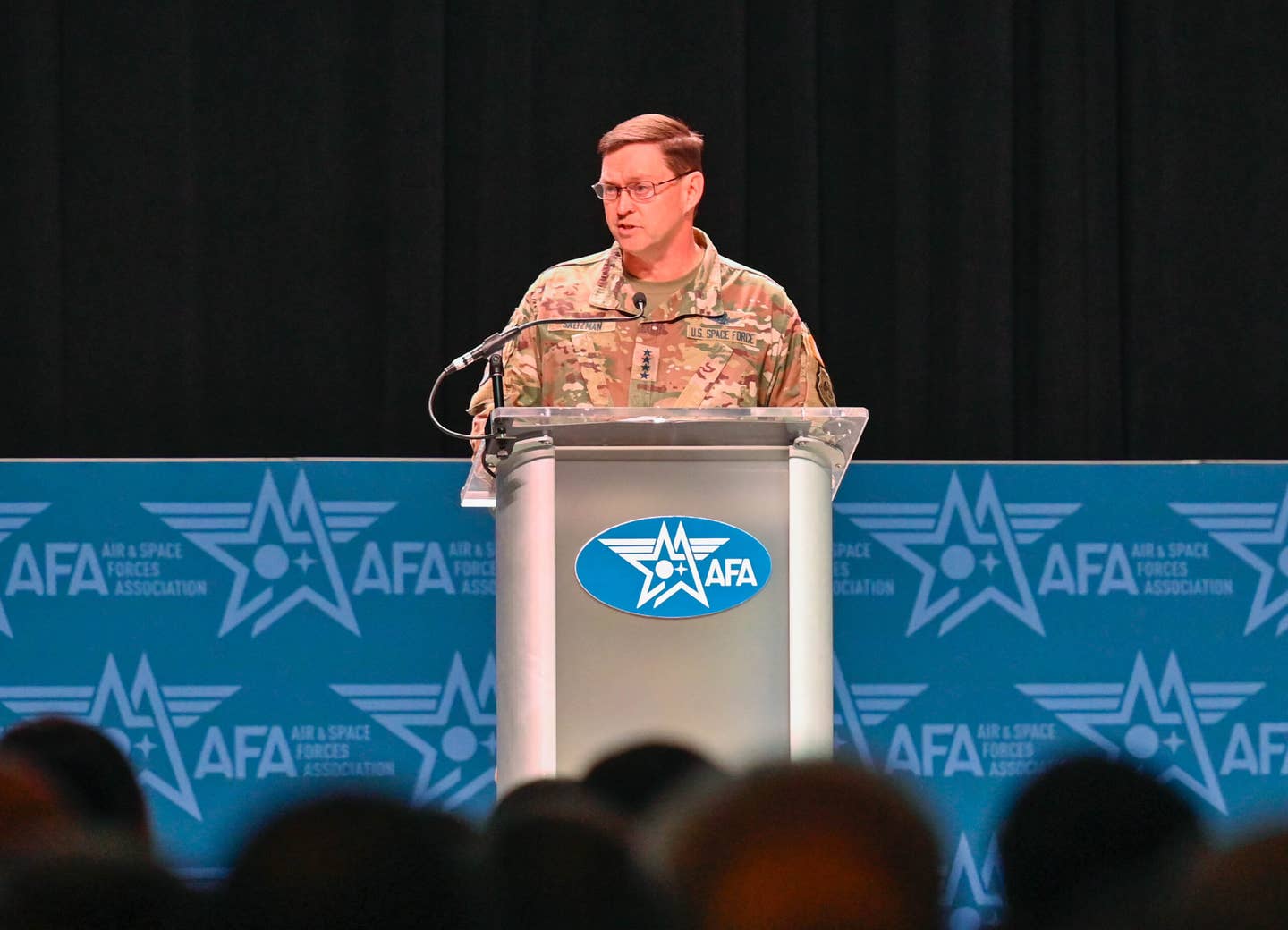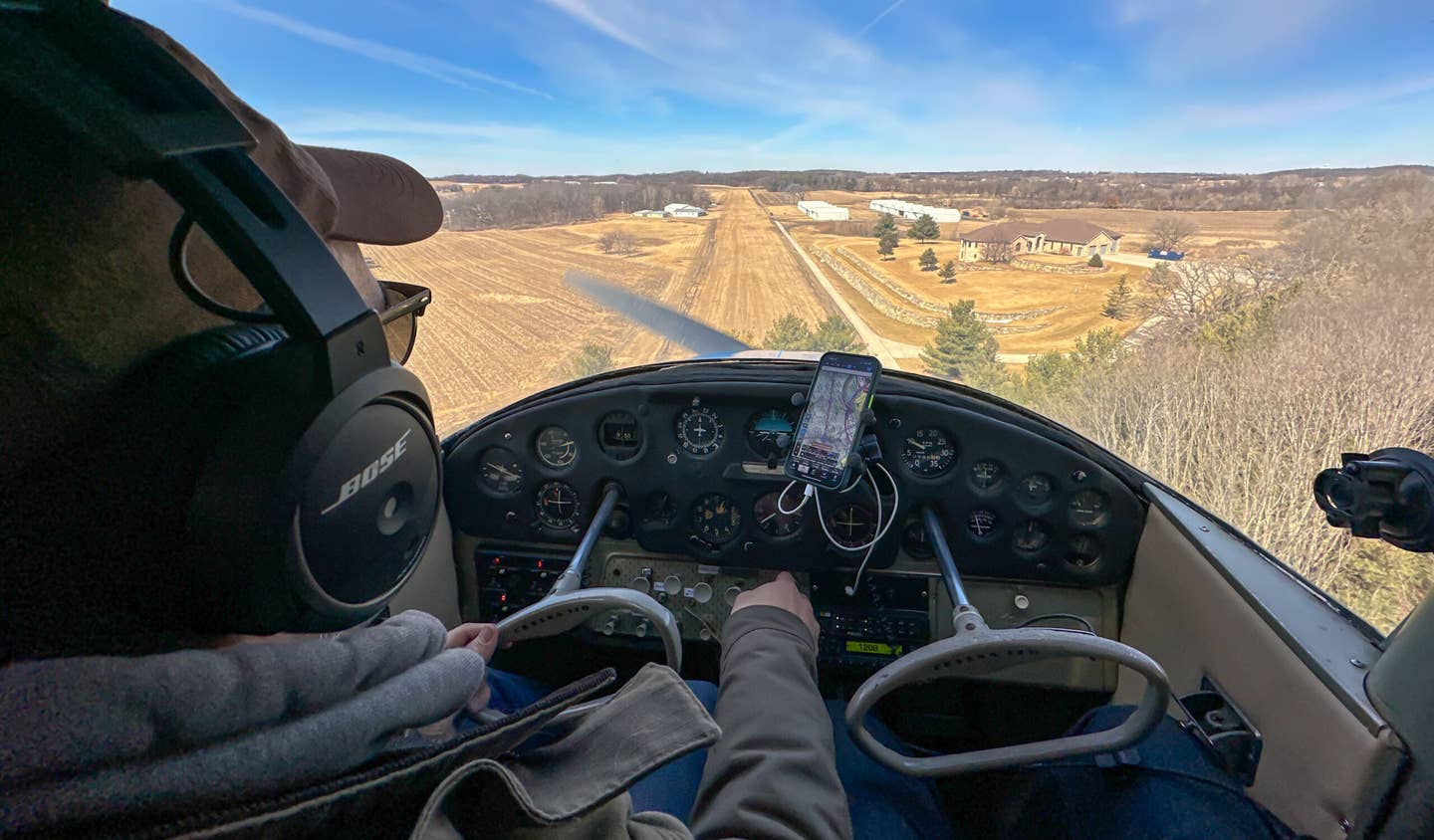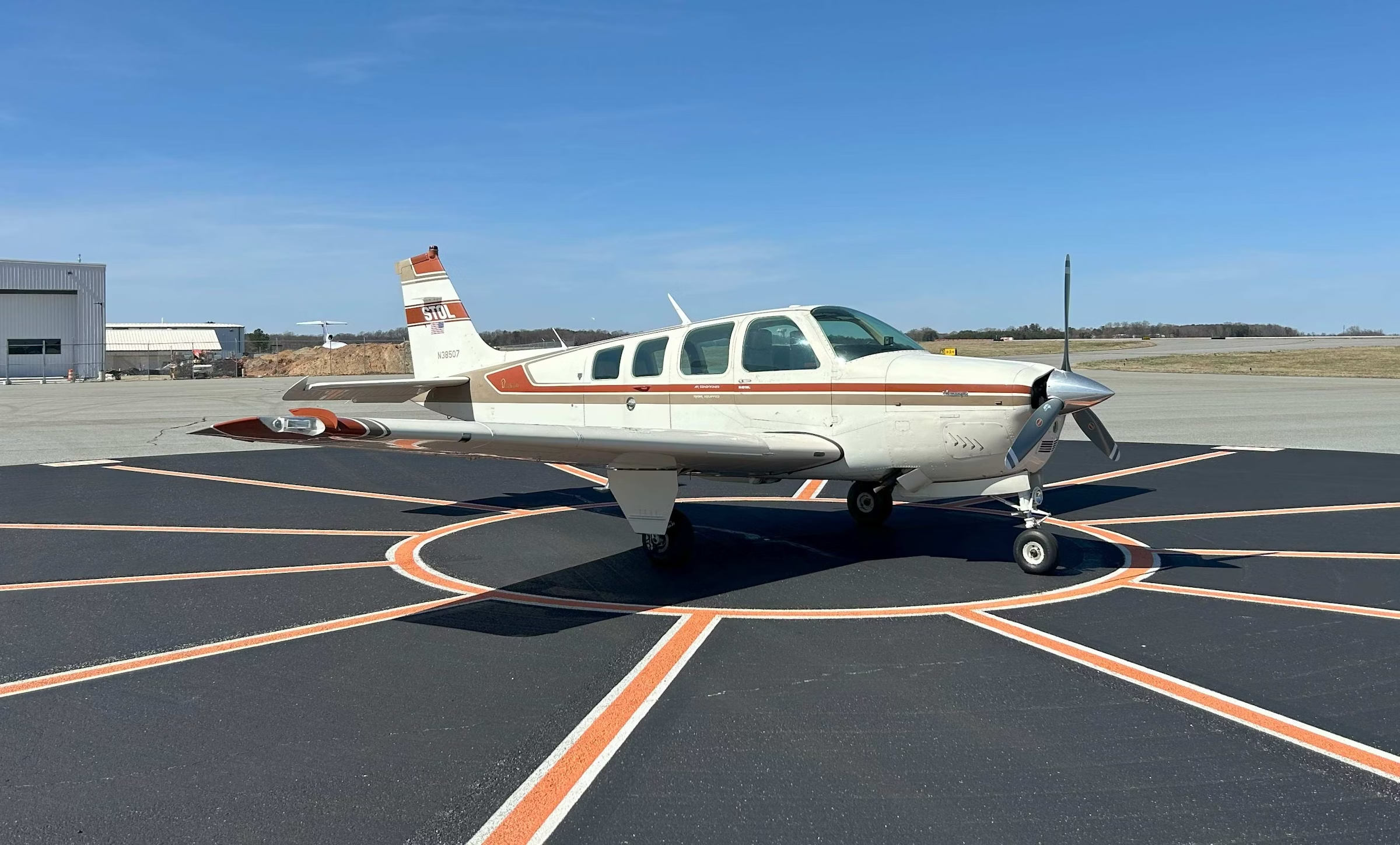Women Skydivers Honored For Record-Breaking Formation
A group of 84 skydivers nailed the historic move on their 20th attempt. Here’s how the two women leading the event pulled it off.

Above a patchwork of fields outside Chicago, when skydivers from 17 countries set a Head Up World Record. [Courtesy: Norman Kent Photography]
In the world of skydiving, one of the most difficult formations to nail is the head-up formation. With feet down toward the earth, a jumper gives way to gravity, descending up to 160 mph. Balance is difficult. It's a feat for any skydiver to pull off, but when 84 skydivers do so at once, records are broken.
That's exactly what happened in July 2019 above a patchwork of fields outside Chicago, when skydivers from 17 countries set a Head Up World Record. The event, led by professional skydivers Amy Chmelecki and Sara Curtis, set a new bar for the sport, as well as trained a spotlight on women gaining ground in a sport where they have historically been underrepresented.
Chmelecki and Curtis were set to be honored Thursday by the National Aeronautic Association, which is celebrating the 11 most memorable aviation records set in the past two years.
Keeping Motivation High
The record-breaking formation, which was the culmination of more than a year of planning, took 20 attempts to nail, according to the pair.
"It's just a really difficult type of flying," Chmelecki told FLYING. "Even world champion level skydivers who do this similar type of flying all the time and they train it all year were having trouble with this specific skydive because it's just some small details that when you're working with this many people trying to build one formation, it really is hard.
"On a jump like this, every single person has to do their job," she said.
Keeping the group of jumpers motivated was also a challenge, Chmelecki added.
"It's not unusual for a record like this to take 15 to 20 [jumps]," Curtis said. "We actually planned that it was gonna take at least 15 jumps," she said. "The participants went there fully knowing it was going to be at least a five-day event or maybe longer."
Lessons Learned
The event was a showcase of the most experienced skydivers in the world, with an average of 6,000 to 7,000 career jumps each.
It also turned into a real-time lab of what was possible.
"There's so many things you learn when you organize a big record like this, about the sport, and about that type of discipline," Curtis said. "We tried a whole bunch of new things on this record, some of which worked really good and others which didn't work at all, and it's all stuff that has never been tried before. And now, people know that."
Establishing the center circle base of the formation, for example, was one lesson learned. In theory, the larger the base, the more pods could be quickly built.
"Belly flyers have tried this in the past and struggled with it and they've gone back to smaller bases, but we had some people that really felt because of the nature of this flying that it was going to be the right thing and we could build it a lot faster with this bigger base," she said.
Jump after jump, however, the larger base proved to be too unstable once it got past eight or 10 jumpers, which prevented anyone from building upon it.
"The next group that tries to accomplish this, whether it's us or another group, has all that learning under their belt and can kind of take it to the next level," she said.
The pair are now planning a new event: the first ever 100-way women's vertical world record. About 13 percent of skydivers in the U.S. are female, and Chmelecki and Curtis are on a mission to get more women into the sport. The world record event, called "Project 19" in honor of the passage of the 19th Amendment to the U.S. Constitution, is set to take place in late November in Arizona.
"For me, personally, the records are so important to the sport's evolution," and create a physical marker of where the sport is, Chmelecki said. "Once you make that record, the new bar has been set."

Sign-up for newsletters & special offers!
Get the latest FLYING stories & special offers delivered directly to your inbox






